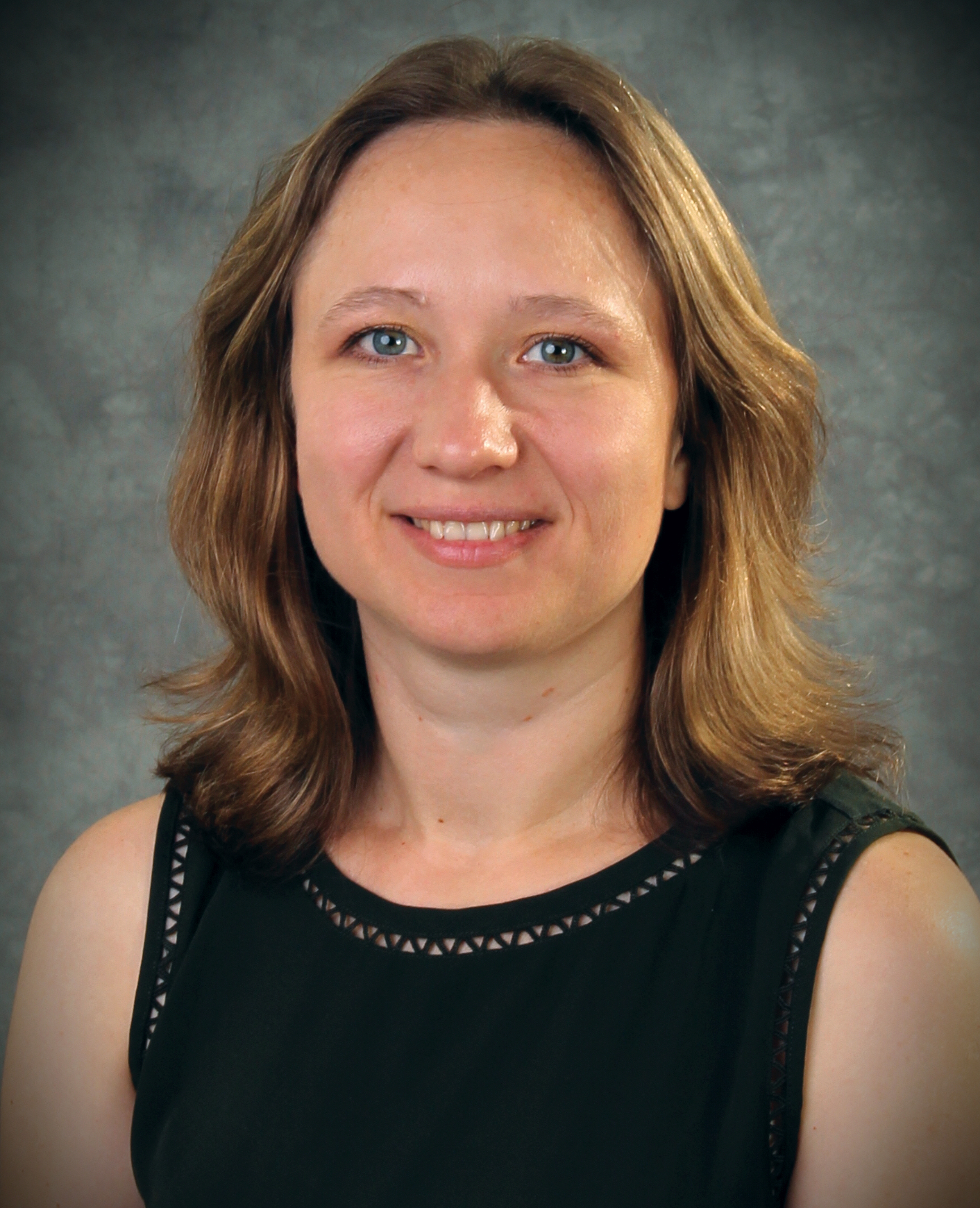New Faculty Member: Elena Lind
Ozone at every level
May 20, 2019

- Joined ECE November 2018 as Assistant Professor
- Research associate, Goddard Space Flight Center/NASA, University of Maryland, College Park, 2013-2017
- Research associate, Washington State University, 2010-2012
- Ph.D., civil engineering, Washington State University, 2010
- M.S., environmental engineering, University of Idaho, 2002
- B.S., chemistry and chemical technology, Moldova State University, 1998
Photons from the sun are constantly streaming into the atmosphere, being absorbed and re-emitted on their path to Earth’s surface. Elena Lind, ECE assistant professor, builds instruments, develops inversion algorithms, and takes measurements to deduce what those photons are telling us about the layers of atmosphere they move through.
“I want to understand what we humans do to the environment, and what consequences our actions have—not just today but in the long term,” she said.
Lind is specifically interested in ozone (O3) and its precursors, both in the stratosphere (peak at 25 km) and near the surface. The naturally occurring and oft-championed stratospheric ozone protects the Earth from deadly ultraviolet light. “Near surface ozone is bad ozone compared to stratospheric ozone,” said Lind. “It destroys materials, harms plants, and causes and exacerbates human health issues like asthma. It’s ozone that was cooked up from pollution.”
Chemicals detrimental to ozone chemistry include nitrogen oxides (e.g. NO and NO2). These gases help ozone formation near the surface (where it shouldn’t be) and ozone destruction in the stratosphere, where we desperately need it. “It works against us every time,” said Lind.
Near the surface, nitrogen oxides come from fossil fuel and biomass burning. In the stratosphere, they come from nitrous oxide (N2O), which has commercial applications but is also produced by bacteria in soils and ocean. As we use more nitrogen-based fertilizers in agriculture, we contribute to nitrogen oxides in the stratosphere, said Lind.
Using a technique called ultraviolet-visible differential optical absorption spectroscopy (DOAS), Lind is investigating NO2 and other pollutants related to ozone by measuring the attenuation of solar radiation as photons travel through the atmosphere and into instruments on the surface.
Analysis and instrumentation
When dealing with emissions and atmospheric modeling, both the datasets and the margins of error are huge, said Lind. Lind and her team are using advanced atmospheric modeling, inversion algorithms, and machine learning techniques to interpret the data, create models, and verify results.
“This is a multistep process, and if you don’t understand the instrument itself, there will be a lot of errors that propagate through analysis,” said Lind. “So, I build my own.”
Lind has two DOAS instruments that are capable of autonomous simultaneous measurements of several gases (e.g. O3, NO2, formaldehyde, sulfur dioxide, bromine monoxide): one research-grade and one field-grade. The latter is part of the Pandonia Global Network, which is sponsored by the European Space Agency (ESA) and NASA.
Lind is currently building a backscatter polarization aerosol LIDAR to describe vertical aerosol distribution in atmosphere. She is also the local PI for NASA’s Aerosol Robotic Network radiometer that measures total aerosol optical depth in the atmosphere.
Lind is working to understand a process with so many unknowns that she can’t focus on just one aspect of the problem. She and her team are working at every level, from instrumentation to analysis, in order to bring new knowledge to one of Earth’s most pressing concerns.


